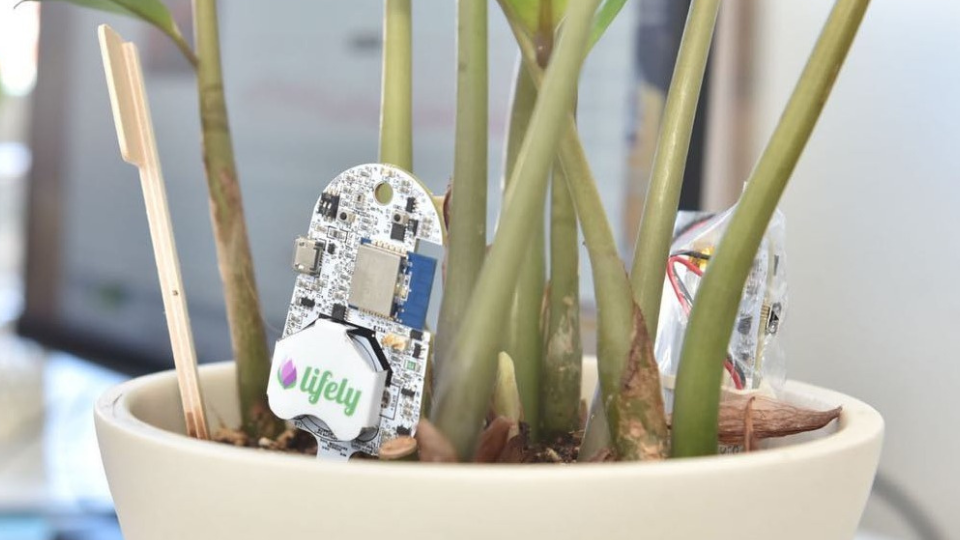Introduction
Among the various technologies used to innovate the agricultural sector are: robotics, drones, the Internet of Things, hydroponic farming, low-cost sensors, and many others. In future articles we will explore each aspect mentioned in detail, but today we want to focus on how low-cost sensors are revolutionizing the agricultural world.
In “smart” farming, better known as precision agriculture, the use of sensors is of crucial importance. These tools enable farmers to better manage resources such as water or fertilizer, thus producing food with higher quality. In addition, sensors make it possible to greatly reduce the emission of greenhouse gases, thus making food production more sustainable.
Some sensors for soil monitoring
Being able to monitor soil is a very important practice for farmers, as it allows them to optimize plant growth. Soil monitoring sensors measure various parameters, such as moisture, temperature, and in some cases even nutrients. With this data, we are able to get a detailed view of soil conditions, and in this way farmers can implement farming practices based on the specific needs of the plants, improving efficiency and increasing yields.
Below are some examples of sensors that are used for soil monitoring:
- Soil moisture sensors: allow the farmer to monitor and keep track of the amount of water needed by plants. Moisture sensors use different techniques or technologies to measure moisture content.
- Environmental temperature and humidity sensors: allow monitoring of climatic conditions and help predict the needs of plants.
- Light sensors (LUX Meters): they can detect light intensity, a key feature for photosynthesis and thus plant growth. Usually the most commonly used devices are based on photodiodes or phototransistors.
- Soil pH sensors: they turn out to be of fundamental importance because thanks to these sensors we are able to monitor soil acidity, a crucial parameter for plant health. Usually these are expensive sensors, but cheaper sensors that offer accurate readings can also be easily found.
- Soil nutrient sensors: allow us to monitor and control nutrients in the soil such as nitrogen, phosphorus and potassium and thus understand how to optimize fertilization.
- Precipitation sensors: they can detect the amount of rain that has fallen, and in this way you are able to better manage water resources. For example if the soil has received the amount of water it needs, these devices, would allow you to perhaps not activate moisture devices to irrigate. Low-cost rain gauges often use a simple design with swing mechanisms.
- Wind speed sensors: by being able to manage ventilation, farmers are able to protect crops. Usually the most commonly used ones are cup or propeller anemometers.
Advantages of low-cost sensors
- Real-time data
2. Optimization of resources
3. Ease of use
4. Affordability
The use of low-cost sensors is certainly one of the most significant innovations in agriculture, as they offer growers powerful tools to improve efficiency and sustainability. By having real-time information and data, they enable immediate action and decision-making, thus improving efficiency and resources. In addition, these modern devices are designed to be intuitive and easy to install, so even for those without a lot of technical skills.
We at Lifely, in our own small way, want to contribute to this revolution, which is why we develop and offer innovative and affordable solutions, thus supporting farmers with cutting-edge technologies to optimize farming practices and promote sustainable and smart resource management.
Would you like more information about ‘”Agrumino?” Fill out the form.

